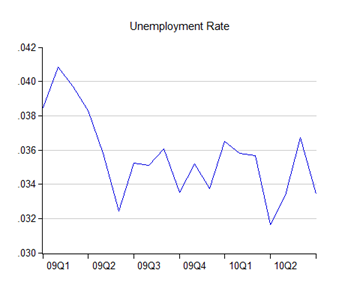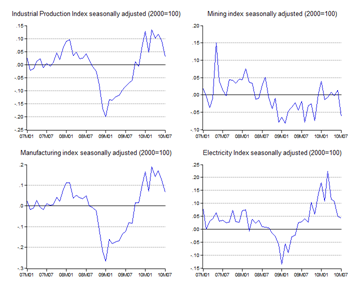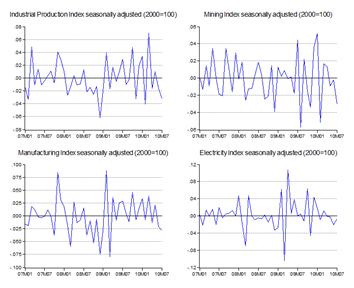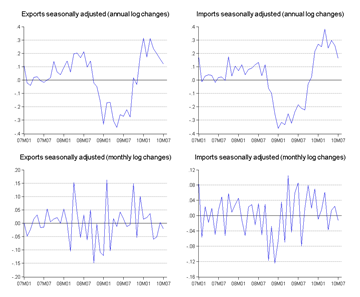The IMF says that markets should reduce their reliance on credit ratings (excerpts, emphasis added):
Reducing Role of Credit Ratings Would Aid Markets
By John KiffNew IMF analysis says that ratings have inadvertently contributed to financial instability—in financial markets during the recent global crisis and, more recently, with regard to sovereign debt.
The analysis, in the IMF’s Global Financial Stability Report, recommends that regulators reduce their reliance on credit ratings as much as possible and increase their oversight of the agencies that assign the ratings used in regulations...
...In the case of sovereign debt, the IMF said in the report released September 29, the problem does not lie entirely with the ratings themselves, but with overreliance on ratings by market participants, coupled with deleterious selloffs of securities when they are abruptly downgraded — called “cliff effects.”…









